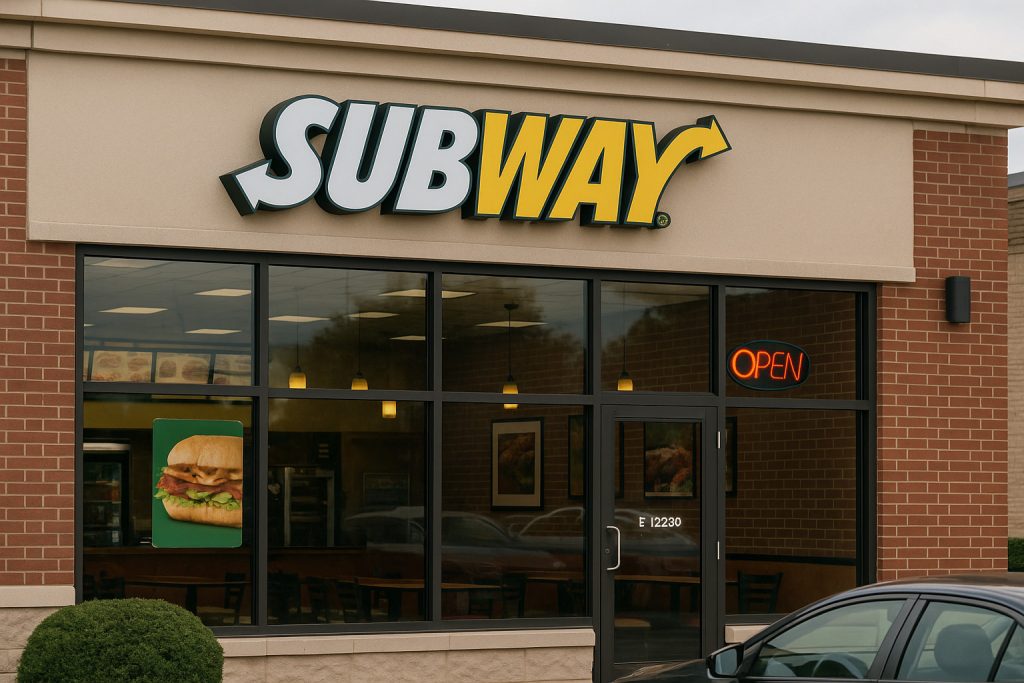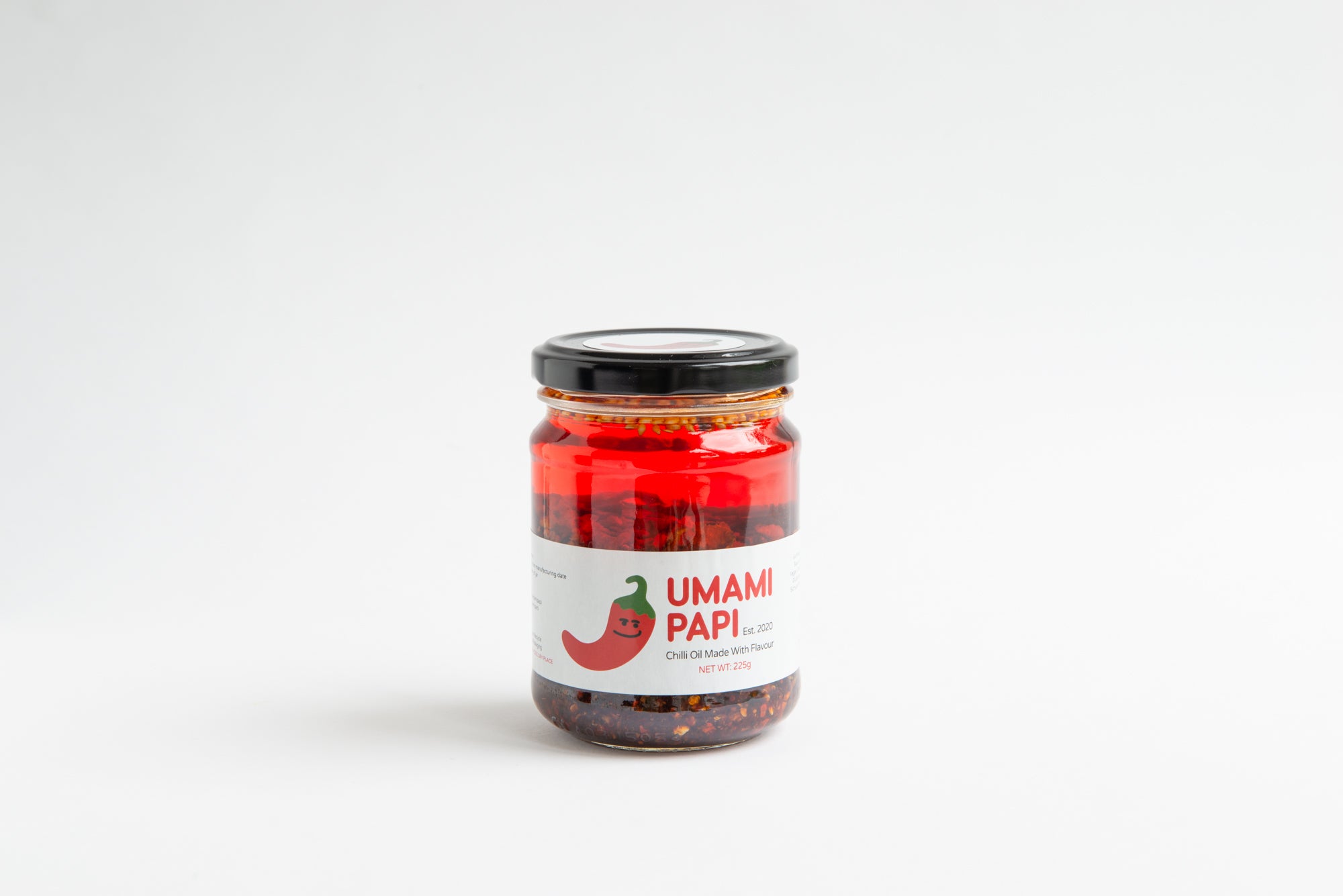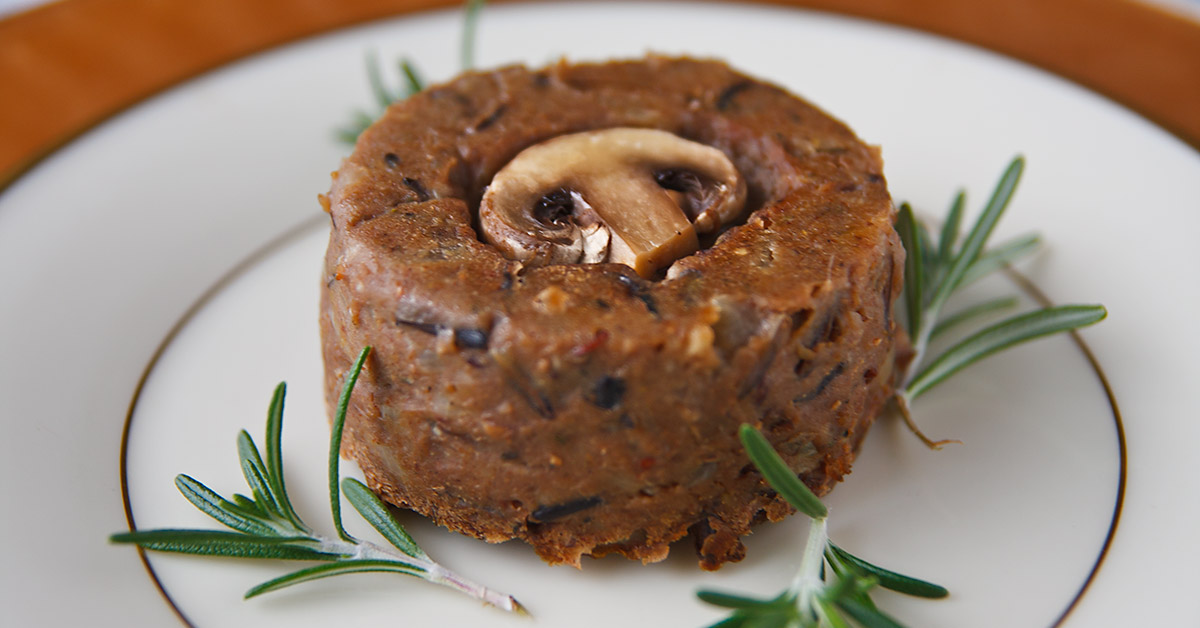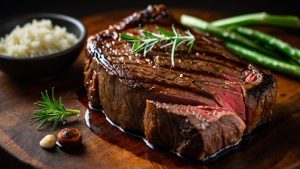
Subway didn’t start with a mission to dominate the global restaurant scene. It started with $1,000 and a teenage dream. In 1965, Fred DeLuca, just 17, borrowed money from a family friend, Dr. Peter Buck, to open a sandwich shop in Bridgeport, Connecticut. What followed was a blend of scrappy entrepreneurship, smart franchising, and brand evolution that transformed a local sub shop into one of the most widespread fast-food chains on Earth.
The Beginning: Pete’s Super Submarines
Fred DeLuca wanted to pay for college. Dr. Buck offered a $1,000 loan and a business idea. That idea became “Pete’s Super Submarines.” The business was scrappy, simple, and focused on freshly made subs. By 1966, they formed Doctor’s Associates Inc., a name inspired by DeLuca’s medical school aspirations and Buck’s doctorate.
The shop underwent name changes before becoming “Subway” in 1968. In just under a decade, DeLuca and Buck owned 16 locations across Connecticut. The goal was 32 stores in ten years, but growth stalled. The breakthrough came when they opened the business to franchising.
Franchise Power: Building at Scale
The Subway model was simple and affordable for aspiring entrepreneurs. Low startup costs attracted a wave of franchisees. By 1974, the first franchised Subway opened in Wallingford, Connecticut. Expansion accelerated. In 1978, Subway hit the West Coast. In 1984, the chain went international with a store in Bahrain.
Subway soon outpaced competitors. By 2010, it had more locations globally than McDonald’s. The secret wasn’t gimmicks or fried food. It was real estate. Subway could squeeze into small spaces where other chains couldn’t. Gas stations. Airport kiosks. College campuses. It became the sandwich shop that fit anywhere.
Menu Evolution: Bread, Meat, and Fresh Spin
Customization was always the draw. Subway let customers build their sandwiches from a growing list of breads, proteins, and toppings. One standout item emerged in 1975 — the B.M.T. Originally a nod to the Brooklyn-Manhattan Transit system, the name was later reimagined as “Biggest, Meatiest, Tastiest.” The Subway foot long sandwich became a go-to choice for value-focused customers, offering double the portion size with the same level of customization that defined the brand’s appeal.
A major shift came in 1983 when stores began baking bread in-house. That smell became the chain’s signature. In the 2000s, “Eat Fresh” became the rallying cry, positioning Subway as a lighter, healthier fast-food option. Turkey breast, lettuce, cucumbers, and vinegar became the symbols of guilt-free indulgence.
The menu later expanded with wraps, salads, protein bowls, and even pizzas. In 2024, Subway introduced lavash-style flatbreads and added “Sidekicks” like footlong cookies and churros, giving customers snack-sized reasons to return. For those wondering how to eat cheaply at Subway, the best strategies include choosing daily deals, opting for veggie-heavy subs, and skipping extras like double meat or premium add-ons.
Marketing Momentum and a Fall from Grace
For years, Jared Fogle was the face of Subway. His story — losing over 200 pounds eating Subway sandwiches — made him a household name. His presence anchored ads for over a decade.
But in 2015, Jared Fogle was arrested and convicted for serious crimes involving minors. Subway cut ties immediately, but the brand’s image took a massive hit. The company stepped away from using a single spokesperson and restructured its marketing efforts.
Other scandals emerged. In 2013, a viral photo showed Subway’s “footlong” measuring just 11 inches. A class-action lawsuit followed. In 2020, Ireland’s Supreme Court ruled that Subway’s bread had too much sugar to be legally classified as bread for tax exemptions. In 2021, a lawsuit alleged the tuna wasn’t tuna, a claim Subway rejected.
Even during challenging brand moments, Subway maintained a loyal fanbase. Many loyalists continue to recreate their favorite sandwiches at home, sharing some of the best Subway copycat recipes across online communities.
Redesigning the Future: Fresh Forward
Subway didn’t just fix its menu and PR. It rebuilt its image — literally. In 2017, the company introduced its “Fresh Forward” store design. Bright colors, digital menu boards, and self-order kiosks modernized the customer experience. Over 20,000 locations were remodeled or launched using the new design.
In late 2024, Subway revealed “Fresh Forward 2.0,” scheduled for global rollout in 2025. The new concept aims to make restaurants more vibrant and digitally integrated. It’s designed for speed, efficiency, and franchisee profitability.
Business Mechanics: How Subway Earns
Subway runs lean. The company doesn’t own most of its restaurants. Franchisees do. Subway earns through franchise fees and a percentage of sales. This model fuels fast growth with low corporate overhead.
Because stores are smaller and cheaper to build than competitors, Subway can enter high-traffic areas others avoid. Its growth strategy is about presence and penetration, not just prime locations.
Major Milestones at a Glance
1965: First store opens as Pete’s Super Submarines
1968: Rebranded as Subway
1974: First franchise opens
1984: First international store launches in Bahrain
2010: Becomes world’s largest fast-food chain by number of locations
2015: Jared Fogle scandal forces brand reset
2017: Fresh Forward design introduced
2023: Sold to Roark Capital
2024: Flatbreads and PepsiCo partnership announced
2025: Fresh Forward 2.0 set to launch
Recent Changes and New Ownership
In 2023, the DeLuca and Buck families sold Subway to Roark Capital, a private equity firm with a track record of investing in restaurant brands. This shift marked a turning point. With new capital and strategy, Subway began re-expanding globally after years of declining US store counts.
The PepsiCo deal, replacing Coca-Cola in 2025, signaled a major brand shift. Menu innovations continue, and expansion plans include entering new markets like Mongolia and pushing deeper into Europe.
Looking Ahead: Growth, Taste, and Tech
Subway’s next chapter hinges on three elements:
1. Global Reach
Markets like Asia and Eastern Europe offer growth opportunities. Smaller-format stores and strategic partnerships will be key to international expansion.
2. Menu Innovation
New flavor profiles, snackable items, and better bread options drive repeat visits. Customization remains the core appeal.
3. Digital Convenience
Kiosks, app ordering, loyalty programs, and delivery integrations ensure Subway competes in the mobile-first food environment.
Key Takeaways
- Subway started as a college fund idea and became a franchise empire
- It grew through small-format locations and customizable offerings
- Bread baking and “Eat Fresh” shaped its brand identity
- Scandals tested its reputation but didn’t end its momentum
- The brand is doubling down on modernization, snacks, and global scale
Subway remains a symbol of fast, customizable food. Its story is rooted in simplicity, scale, and adaptability — one sandwich, one store, one country at a time.











